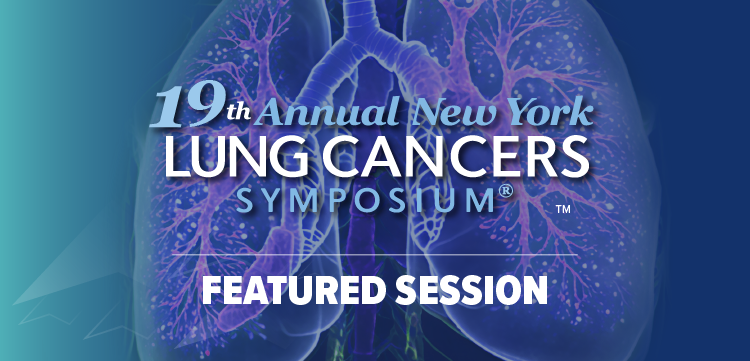
Reid Merryman, MD, Discusses Autologous Stem Cell Transplantation for Patients with DLBCL
Merryman provided background for the study design investigating patients with relapsed or refractory diffuse large B-cell lymphoma.
Reid Merryman, MD, of the Dana-Farber Cancer Institute, spoke with CancerNetwork® to detail the study design for investigating the prognostic value of circulating tumor DNA among patients with diffuse large B-cell lymphoma (DLBCL) presented at the 2020 American Society of Hematology (ASH) Annual Meeting & Exposition.
Transcription:
Currently, the standard of care for patients with relapsed or refractory DLBCL is salvage chemotherapy and autologous stem cell transplantation for patients who are fit and chemo[therapy] sensitive. But unfortunately, a lot of patients will relapse following autologous stem cell transplant, even patients who have a good response on their pre-transplant PET scan. The goal of this study was to use circulating tumor DNA to identify patients who may be at higher risk of relapse from autologous stem cell transplantation and we were able to look at samples collected at a few different time points. About 100 patients had samples collected, [and] we had bank samples from their apheresis stem cell sample . And then about 55 patients had serially collected samples after transplant, these were peripheral blood samples. We were able to analyze both to look for the presence of circulating tumor DNA using immunoglobulin-based next-generation sequencing in collaboration with adaptive bio technologies.
Newsletter
Stay up to date on recent advances in the multidisciplinary approach to cancer.























































































